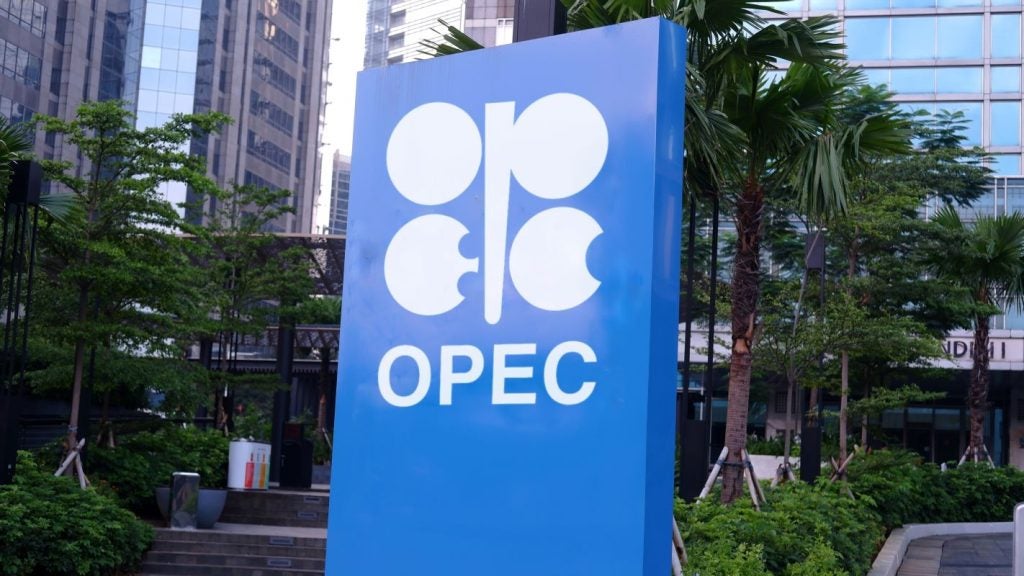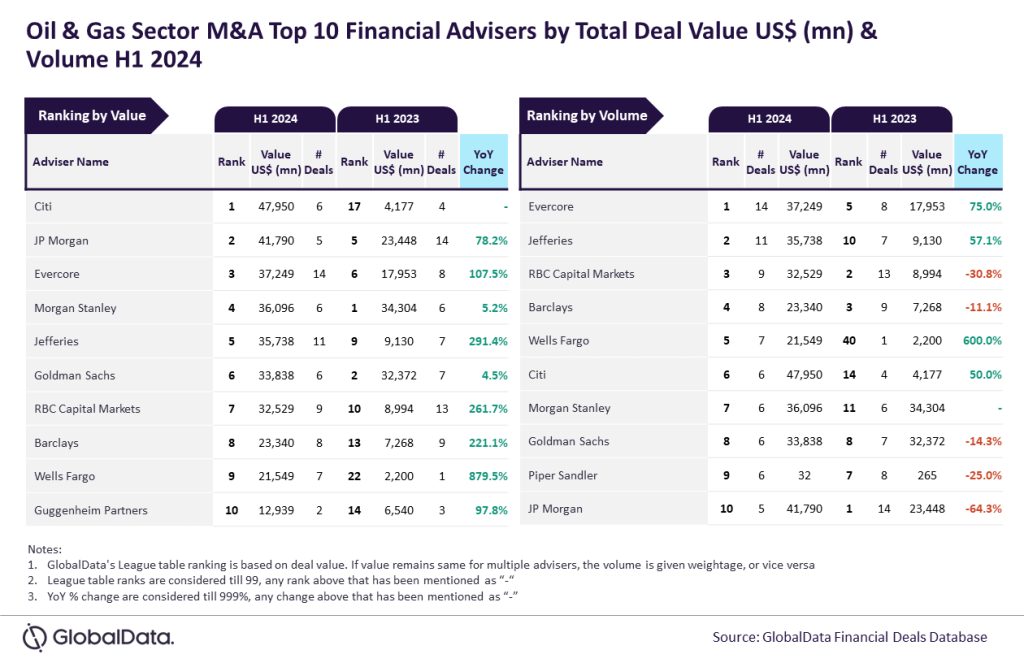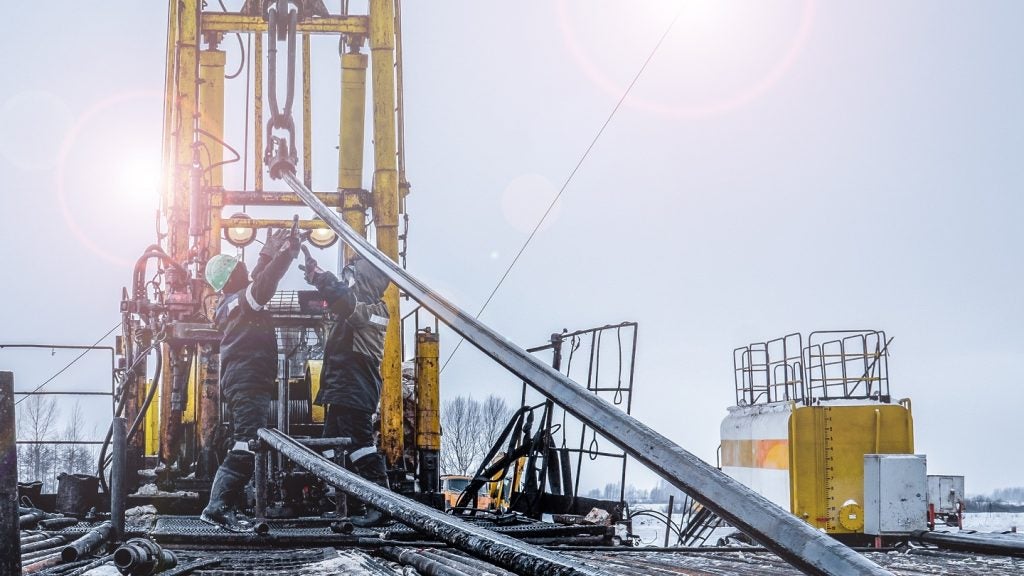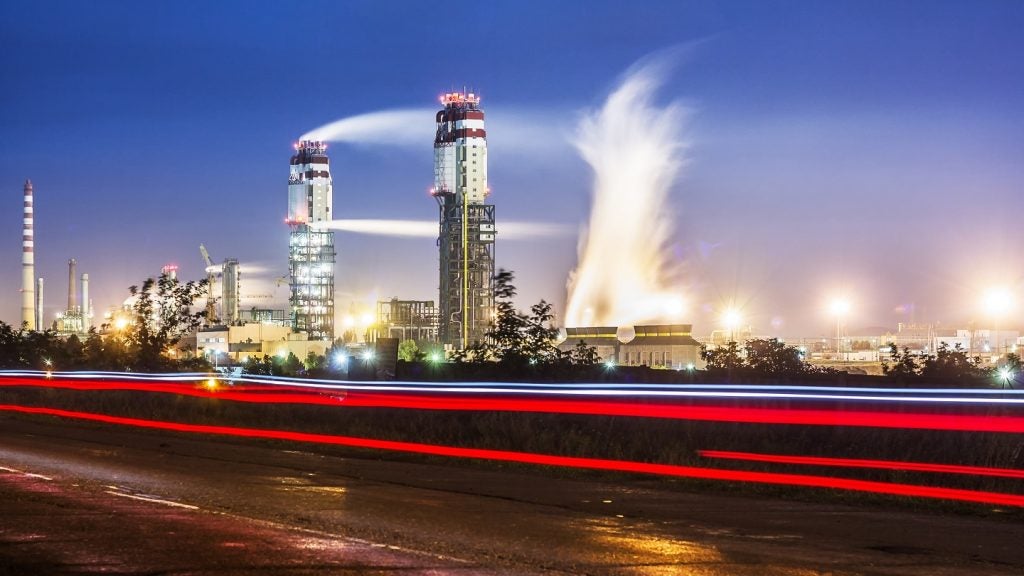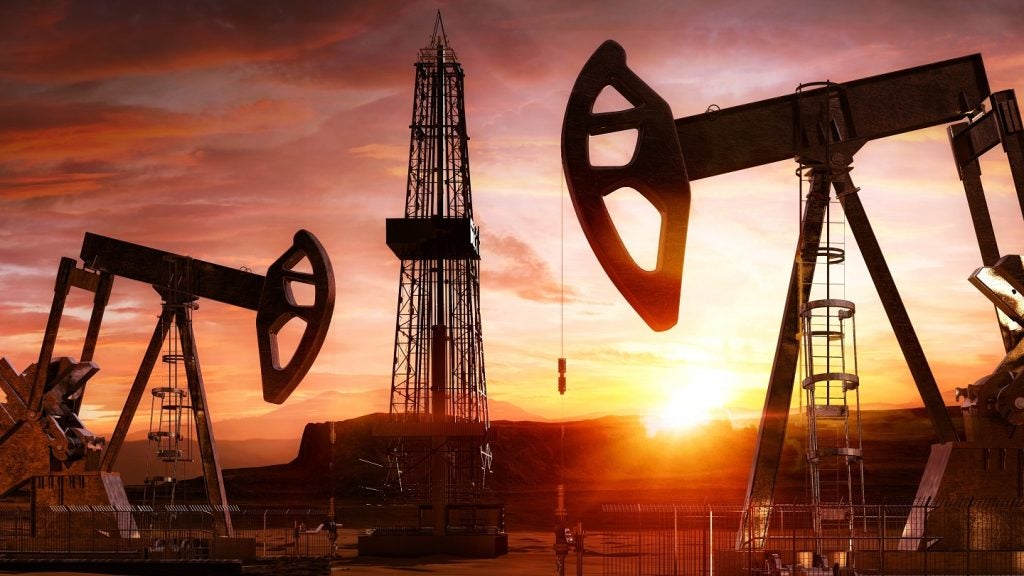No matter who wins the race to the White House in November, they will struggle to enhance the US’s domestic oil supplies, according to a research note published by Goldman Sachs.
The global financial institution said limiting factors include the current low levels of the strategic petroleum reserve, while looser regulations may only help with increased supplies in the longer term.
Kamala Harris is almost certain to be the Democratic candidate, while Donald Trump has already accepted the Republican nomination.
Earlier this week, two US senators introduced a long-awaited bill to the upper chamber that will speed up the permitting of projects related to power transmission, liquefied natural gas exports and mining.
Independent Joe Manchin and Republican John Barrasso said the legislation, the Energy Permitting Reform Act of 2024, would strengthen and increase the reliability of the power grid, and subsequently help keep power prices low.
The legislation sees federal approval and environmental assessment processes shortened, and limits court challenges.
The banking giant expects Brent crude prices to range from $75 to $90 in 2025, assuming steady growth in the US economy and market balancing from the Organization of the Petroleum Exporting Countries (OPEC).
Goldman Sachs also foresees oil prices possibly dropping by as much as $11 per barrel in 2025, as global demand weakens.
According to recent research by GlobalData, Offshore Technology’s parent company, the Permian Basin remains the largest oil-producing shale play in the US, with global demand and geopolitical shifts continuing to support growth and competitiveness in the region.
The region’s crude oil production averaged 5.6 million barrels per day during the first quarter of 2024, accruing benefits from a dense pipeline network and Gulf Coast infrastructure, revealed the report entitled 'Permian Basin in the US, 2024'.





